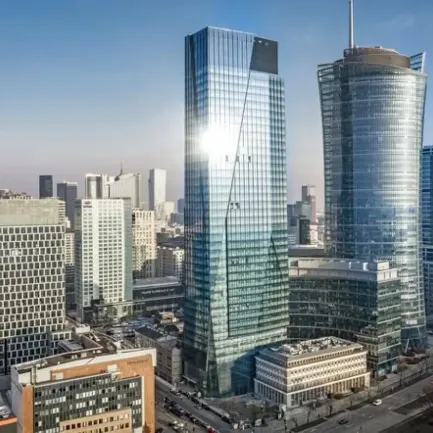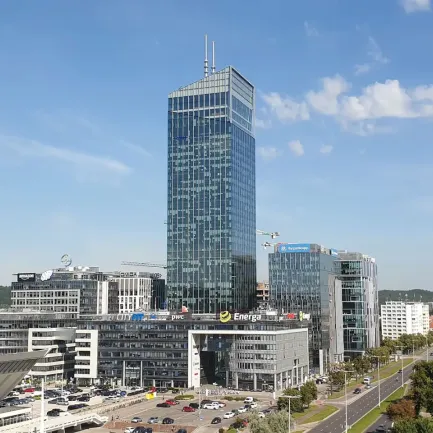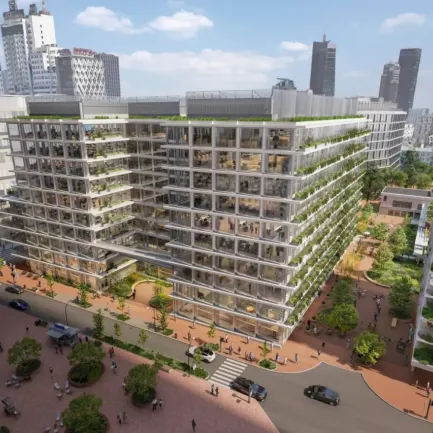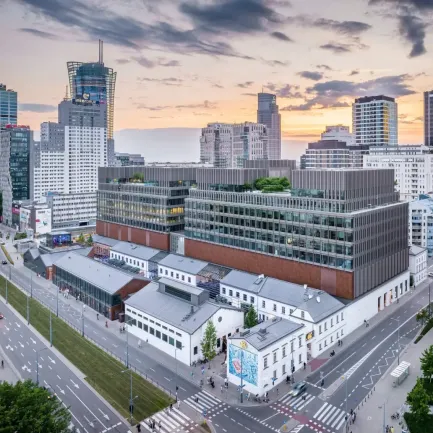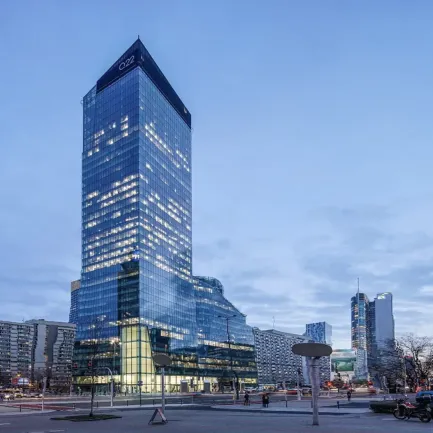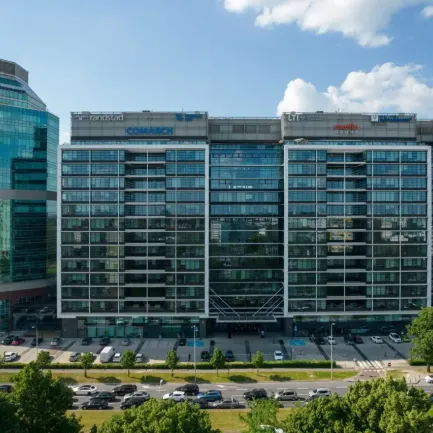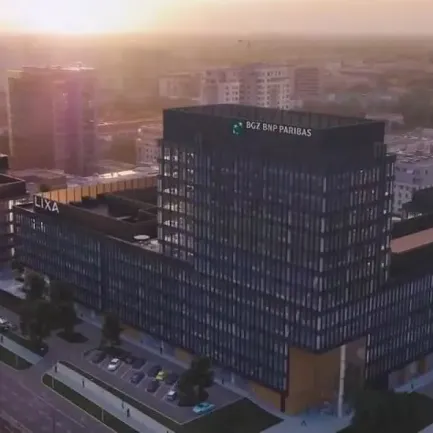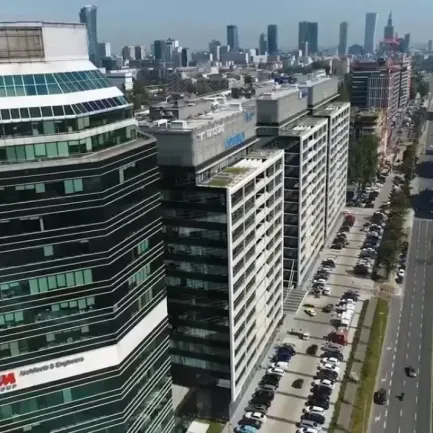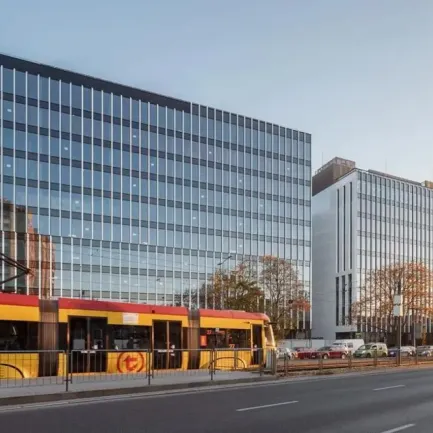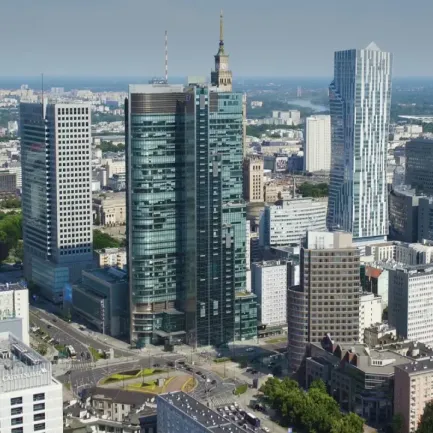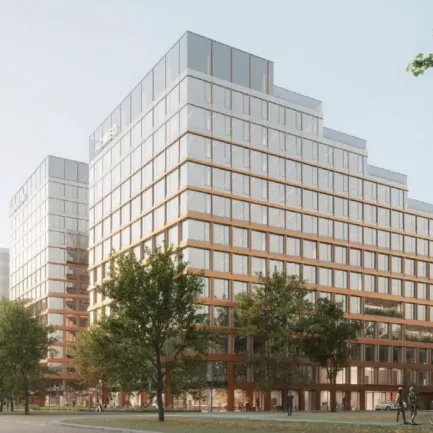According to “Office Occupier – Warsaw Office Market”, a report published by real estate advisory firm Newmark Polska, the third quarter of 2025 saw steady tenant activity in the Warsaw office market, driven by a rising share of new leases, including pre-lets. At the same time, the limited development pipeline, coupled with the withdrawal of obsolete and inefficient buildings from the existing stock, pushed the vacancy rate in the city below 10%.
At the end of the third quarter of 2025, Warsaw’s total office stock stood at 6.25 million sqm, contracting by more than 1% quarter-on-quarter. In absolute terms, this represents a decrease of nearly 90,000 sqm. Only one minor project (3,500 sqm) was delivered during the quarter.
“Nearly 150,000 sqm is expected to be added to Warsaw’s office stock in 2025, with 88,700 sqm already delivered in the first three quarters. However, this year’s new supply is unlikely to offset the volume of office space withdrawn from the stock, as more than 140,000 sqm has already been taken off the market – nearly 80% of it in buildings completed before 2000,” says Karol Wyka, Executive Board Director, Head of Office Department, Newmark Polska.
Development activity in the capital remains subdued, with nearly 139,000 sqm under construction at the end of September 2025 – up by 7.6% from the second quarter, but more than 51% lower year-on-year. No major office project broke ground during the third quarter.
“The development pipeline scheduled for completion in 2026 stands at just 60,000 sqm – the lowest level in the history of the Warsaw office market – further widening the supply gap. Tenants seeking large units of over 3,000 sqm, particularly in prime locations and top-tier office buildings meeting the highest environmental and technological standards, already face limited options,” adds Karol Wyka.
Tenant activity in the Warsaw market has remained relatively steady since the beginning of 2025, although in the third quarter it modestly exceeded the transaction volumes recorded in the previous two quarters. Take-up between July and September hit 185,150 sqm, above the first-half average of 150,700 sqm. This brought the year-to-date total to nearly 486,550 sqm, just 1.9% below the figure for the same period in 2024.
Central locations attracted slightly stronger occupier interest over the first three quarters, accounting for 54% of total activity during this time.
In the third quarter of 2025, the Warsaw office market was dominated by new leases, which made up 47% of total leasing activity. The remaining 53% came from lease renewals (40%), pre-lets (6%), expansions (5%) and owner-occupier transactions (2%). Over the first three quarters of the year, new leases narrowly outpaced renewals – 41.8% versus 41.6%.
At the end of September 2025, Warsaw’s vacancy rate dropped below 10% for the first time since late 2020, reaching 9.7%, down by 1.1 pp from the previous quarter and 1 pp year-on-year. The vacancy rate is expected to continue its downward trajectory over the coming quarters due to a muted development pipeline and a growing number of existing office buildings being upgraded or repurposed, resulting in their temporary or permanent withdrawal from the market.
“In the third quarter 2025, prime office rents remained largely unchanged compared with the previous quarter, averaging EUR 22-28/sqm/month in the city centre and EUR 16-18/sqm/month in non-central locations. A slight uptick was observed at the upper end of the rental range in central areas, driven by shrinking office availability. At the end of September, vacant space in projects located in central office zones completed post-2020 stood at just over 40,000 sqm, with units of over 3,000 sqm available in only four buildings,” comments Agnieszka Giermakowska, Research & Advisory Director, ESG Lead, Newmark Polska.



